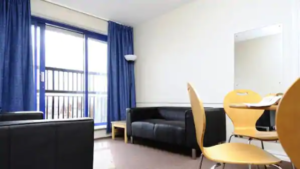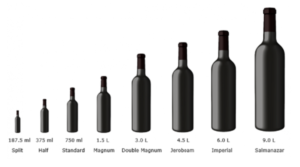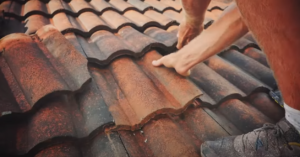Do you know what the Best Technical Inspection of your building consists of?

The Technical Inspection usually generates many doubts in the communities of neighbors, since, sometimes, the owners do not know who should take care of it or how it should be done. Below we explain all the details of this inspection so that your building passes this test successfully.
The Technical Inspection of Buildings is a technical examination of the construction of a property that informs about its general state of conservation, the degree of accessibility and its energy certification. Its objective is to verify that the building is in good condition and that it meets the necessary conditions for its use.
The Royal Decree Law of 1 July stipulates that buildings older than 50 years for residential use and located in municipalities with more than 25,000 inhabitants must pass a periodic technical inspection to ensure their conservation. This legislation is nationwide. However, in some autonomous communities this procedure may vary, since each one can determine the terms and requirements necessary to carry out this technical inspection.
The Royal Decree establishes the minimum conditions of safety, health, accessibility and decoration that buildings must have to be habitable. In addition, it determines the works and conservation works that must be carried out in the property so that it remains in good condition and can pass the inspection.
Regarding the Technical Inspection obligation to carry out this technical examination, this normative text emphasizes that it is a duty that falls on the owners of the building, that is, on the community of owners. These should contact an approved technician who performs the inspection of the property, as well as make modifications or improvements, if necessary.
The Technical Inspection of Buildings (ITE) is a technical examination of the construction of a property that informs about its general state of conservation, the degree of accessibility and its energy certification. Its objective is to verify that the building is in good condition and that it meets the necessary conditions for its use.
The stipulates that buildings older than 50 years for residential use and located in municipalities with more than 25,000 inhabitants must pass a periodic technical inspection to ensure their conservation. This legislation is nationwide. However, in some autonomous communities this procedure may vary, since each one can determine the terms and requirements necessary to carry out this technical inspection.
The Royal Decree establishes the minimum conditions of safety, health, accessibility and decoration that buildings must have to be habitable. In addition, it determines the works and conservation works that must be carried out in the property so that it remains in good condition and can pass the inspection. Regarding the obligation to carry out this technical examination, this normative text emphasizes that it is a duty that falls on the owners of the building, that is, on the community of owners. These should contact an approved technician who performs the inspection of the property, as well as make modifications or improvements, if necessary.
Issues to consider during and after the technical inspection
This technician is responsible for evaluating the conditions in which the building in question is located. The contracted architect or rigger carries out the inspection and, in particular, reviews the state of the facades and their elements (both interior and exterior), the foundations and the structure, as well as the roofs, roofs, stairs, elevators and the state General of the building’s facilities (sanitation network, electrical installations, etc.).
Once the exam is done, the technician will issue a report indicating whether the inspection of the property is favorable or not. If the building does not pass such control, the contracted professional must indicate in the report the reasons and improvements that must be carried out so that the necessary safety conditions are met. Again, it will be the responsibility of the community of neighbors to hire a professional to carry out the reforms, in addition to assuming the cost of these. Finally, for the building to comply with the regulations, the property must be inspected again after making the necessary improvements. And once the inspection is completed, you should undergo this exam every ten years.
Finally, if you have protected your building with us, remember that Helvetia Community Insurance offers you expert telephone assistance on the Technical Inspection of Buildings. A service where you can answer your questions regarding the Building Inspection regulations, the content of these inspections, the legal consequences of non-compliance with the regulations, deadline information … And, in general, questions about building conservation (installation of elevators , elimination of architectural barriers, subsidies, etc.).





